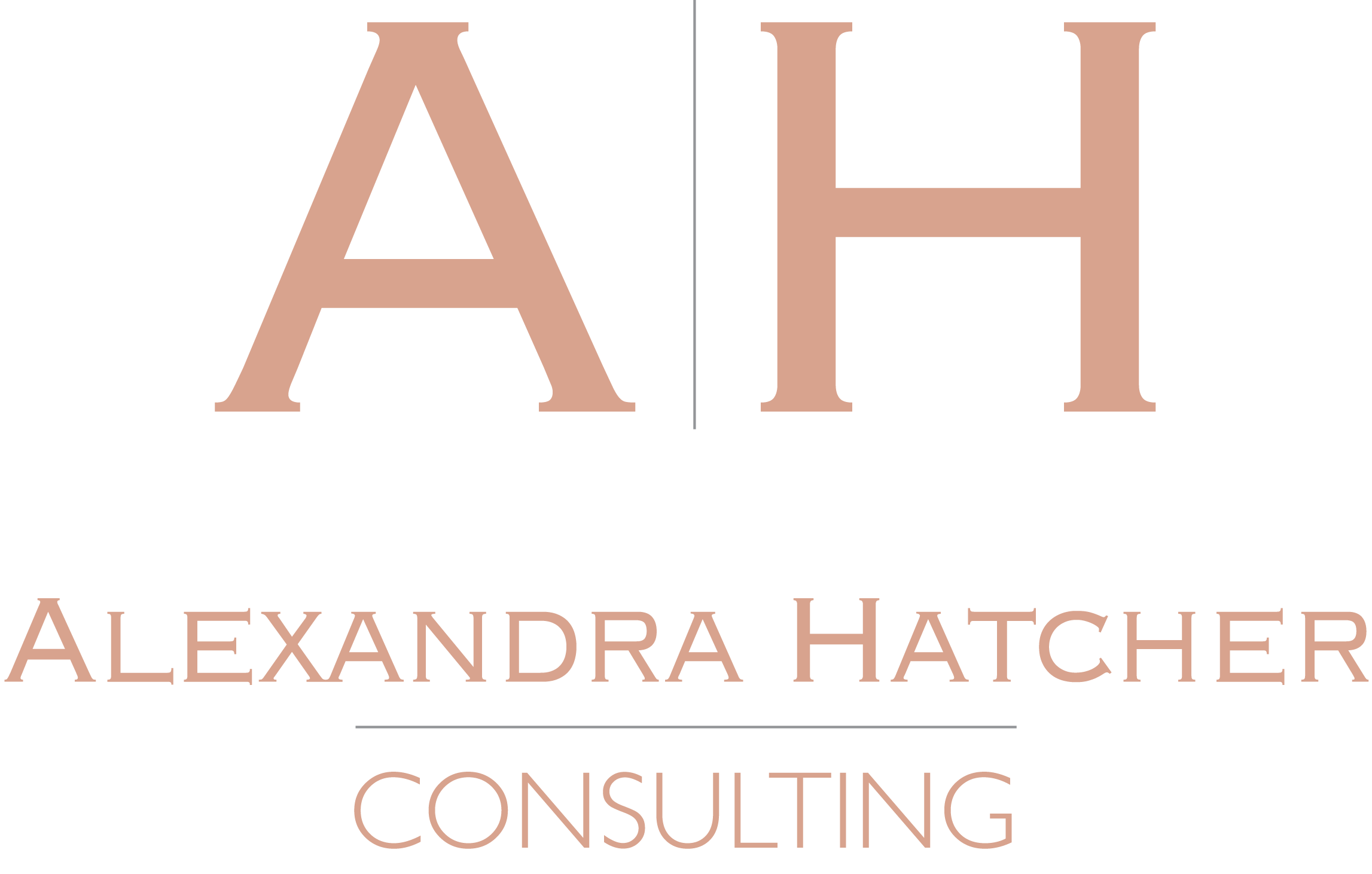I believe strongly that community engagement is about relationships. Community engagement is about building, nurturing, and supporting ongoing, long-term connections between organizations, individuals, corporations, or community groups.
One of the preeminent community engagement thought leaders in the museum sector is Candace Tangorra Matelic. She states that community engagement, “is not simply occasional stakeholder-input meetings, an annual visitor survey, or token exhibits and programs about or with community groups”. [1] Matelic believes that, in fact, sometimes this approach is worse than doing nothing as it raises expectations of meaningful involvement without the follow-through. I agree with her. Matelic sums up her thinking in the chart below:
| Community Engagement Is: | Community Engagement Is Not: |
|
|
|
|
|
|
There are a number of participation continuum, most of which are based on the work of the International Association of Public Participation (IAP2), which show a range of participation from Inform, providing the public “with balanced and objective information to assist them in understanding the problem, alternatives, opportunities and/or solutions”[2], to Empower, placing the “final decision making in the hands of the public”.[3]

It could be argued that Inform, and even Consult, is not actually community engagement. Inform is a one-way dialogue, though it may be the start of a relationship, or act as a tool in building or nurturing a relationship. It is not about truly considering the issues a community is faced with, or building understanding between organizations. Consult is about garnering a minimal level of participation to gather information; it is about starting to identify issues or concerns, checking in, or testing an idea,
In Arnstein’s Ladder of Participation this is referred to as “Tokenism”, where there are no assurances that the voice will be heard, and no action necessarily taken, but a box has been checked.
There are a number of case studies of cultural organizations that have embraced community engagement as a philosophy, as a value, within their organizations. For example, the Kerry Wood Nature Centre in Red Deer and their relationship with the Central Alberta Refugee Effort (CARE), and the Peace River Museum and Archives in northern Alberta which have integrated community engagement and social responsibility in all areas of their operations.
The Peace River Museum describes their way of working as,
“shifting gears from merely being repositories of historical documents and objects,to taking on a more contemporary community role. [We] are becoming active community participants working to foster stronger communities by contextualizing history and heritage.”[4]
Community Engagement is about actively listening. It’s about creative problem solving – together. It’s about adaptability and flexibility. This way of working will mean giving up a level of control, letting go of traditional ways of working that we may be very comfortable with, but this is necessary for twenty-first century organizations to be resilient and sustainable.
[1] Matelic, Candace. “Chapter Six: New Roles for Small Museums.” Small Museum Toolkit. Maryland: AltaMira Press. (2012): 145.
[2] International Association of Public Participation (IAP2). IAP2’s Public Participation Spectrum. (2014).
[3] Ibid.
[4] Town of Peace River. “An Award Winning Museum”. (2016). https://peaceriver.ca/museum-award/
